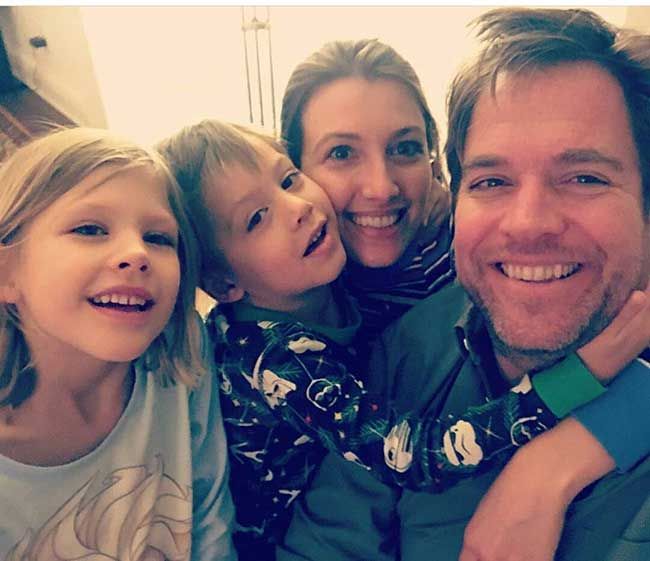

Viral infections that target the lungs are the most common cause of pleurisy. Conditions that lead to pleurisy may also cause a pleural friction rub. Pleurisy, otherwise known as pleuritis, is another name for inflammation of the pleura tissues around your lungs. What Is laryngomalacia? (2021).A pleural friction rub is almost always a sign of pleurisy.Symptoms & causes of GER & GERD in children.Characteristics of patients undergoing supraglottoplasty for laryngomalacia. You can learn more about how we ensure our content is accurate and current by reading our editorial policy. We link primary sources - including studies, scientific references, and statistics - within each article and also list them in the resources section at the bottom of our articles. Medical News Today has strict sourcing guidelines and draws only from peer-reviewed studies, academic research institutions, and medical journals and associations. This procedure occurs under general anesthesia, and infants generally tolerate it well. Supraglottoplasty involves removing or dividing some tissue within the larynx. These cases frequently require surgery, and when this happens, supraglottoplasty is the initial treatment of choice. failure to thrive or problems with weight gain.Treatment of severe casesĪround 10–20% of infants with laryngomalacia may experience severe problems.

Symptoms go away in most people, meaning surgery is often unnecessary. These aim to reduce the production of acid in the stomach. Treatments include reflux medications, such as H2 blockers or protein-pump inhibitors. However, in cases involving feeding problems, doctors may advise conservative measures, such as thickening the consistency of feed or keeping the infant in an upright position for 15–30 minutes after feeding. In moderate cases, children may experience nosy breathing alongside issues with feeding, airway obstruction, and GERD. In mild cases of laryngomalacia, where noisy breathing alone is present and there are no associated feeding problems, doctors may recommend observation rather than treatment. Mild to moderate casesįeeding and breathing issues may determine the severity of the condition. Treatment for laryngomalacia depends on the severity of the condition. Doctors may also assess a person using speech therapy. This test shows what happens in the esophagus and throat while a person is swallowing. If the doctor has any additional concerns about the child’s swallowing, they may conduct a swallow study. If doctors suspect that the child has another airway issue, they may use direct laryngoscopy along with another procedure called bronchoscopy.

Polysomnogram : This test shows the presence and extent of obstructive sleep apnea, which refers to frequent interruptions in breathing during sleep.CT dynamic airway or airway fluoroscopy: Healthcare professionals may carry out these tests if there are any concerns of additional airway issues.

It involves using a camera or mirror to allow doctors to see the airway and upper digestive tract during breathing.


 0 kommentar(er)
0 kommentar(er)
